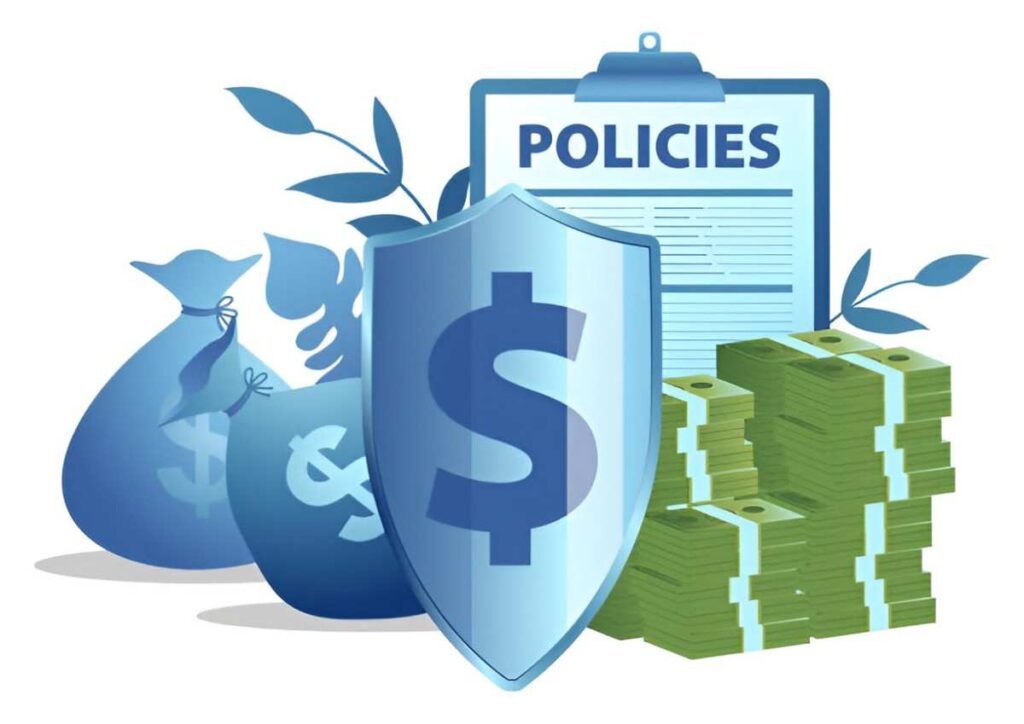Catastrophe Risk refers to the potential financial loss and disruption that can arise from severe and rare events, typically natural disasters such as earthquakes, hurricanes, floods, or man-made catastrophes like terrorist attacks. In the realm of accounting and finance, understanding and managing Catastrophe Risk are crucial for businesses, insurers, and investors alike.
Table of Contents
1. Nature of Catastrophe Risks
- Rare and Severe Events: Catastrophe Risks involve events that are infrequent but have the potential to cause significant damage and financial losses.
- Wide-ranging Impact: These events can affect large geographic areas or entire industries, leading to widespread economic disruption.
- Uncertainty and Severity: The magnitude and timing of Catastrophe Risks are often unpredictable, making them challenging to quantify and manage.
2. Examples and Types of Catastrophe Risks
Types:
- Natural Disasters: Such as earthquakes, hurricanes, tornadoes, floods, wildfires, and tsunamis.
- Man-made Disasters: Including terrorist attacks, industrial accidents, cyber-attacks, and pandemics.
Example:
- Hurricane Katrina: In 2005, Hurricane Katrina caused extensive damage to the Gulf Coast of the United States, leading to over $125 billion in economic losses, primarily from property damage and business interruption.
3. Impact on Businesses and Insurance
Business Perspective:
- Financial Losses: Catastrophe events can result in direct losses related to property damage, inventory destruction, and business interruption.
- Operational Disruption: Disruptions to supply chains, logistics, and customer service can further impact business continuity and revenue streams.
Insurance Sector:
- Role of Insurers: Insurance companies play a crucial role in mitigating Catastrophe Risks by offering coverage against such events through Catastrophe Risk insurance policies.
- Reinsurance: Reinsurers provide additional financial protection to primary insurers against catastrophic losses beyond their capacity.
4. Risk Management Strategies
Strategies:
- Risk Assessment: Conducting thorough risk assessments to identify potential Catastrophe Risks and their potential impact on operations and financial stability.
- Mitigation Measures: Implementing preventive measures such as building resilient infrastructure, disaster preparedness plans, and diversifying geographical operations.
- Financial Hedging: Utilizing financial instruments like Catastrophe Bonds (Cat Bonds) to transfer Catastrophe Risks to capital markets.
5. Regulatory and Compliance Considerations
Compliance:
- Regulatory Requirements: Compliance with regulatory frameworks and insurance laws that govern Catastrophe Risk management and reporting.
- Solvency Requirements: Ensuring sufficient capital reserves and reinsurance arrangements to meet solvency requirements under adverse Catastrophe Risk scenarios.
6. Conclusion
In conclusion, Catastrophe Risks pose significant challenges to businesses, insurers, and investors due to their potential for severe financial losses and operational disruption. Understanding the nature of these risks, their impact on business continuity, and implementing robust risk management strategies are essential for mitigating exposure and maintaining resilience in the face of unforeseen catastrophic events. By proactively assessing, planning, and mitigating Catastrophe Risks, organizations can safeguard their assets, protect stakeholders, and sustain long-term financial health in an increasingly unpredictable environment.





